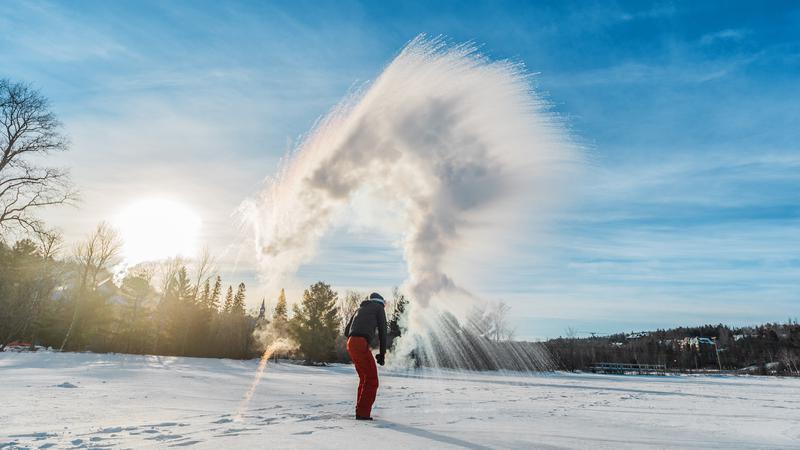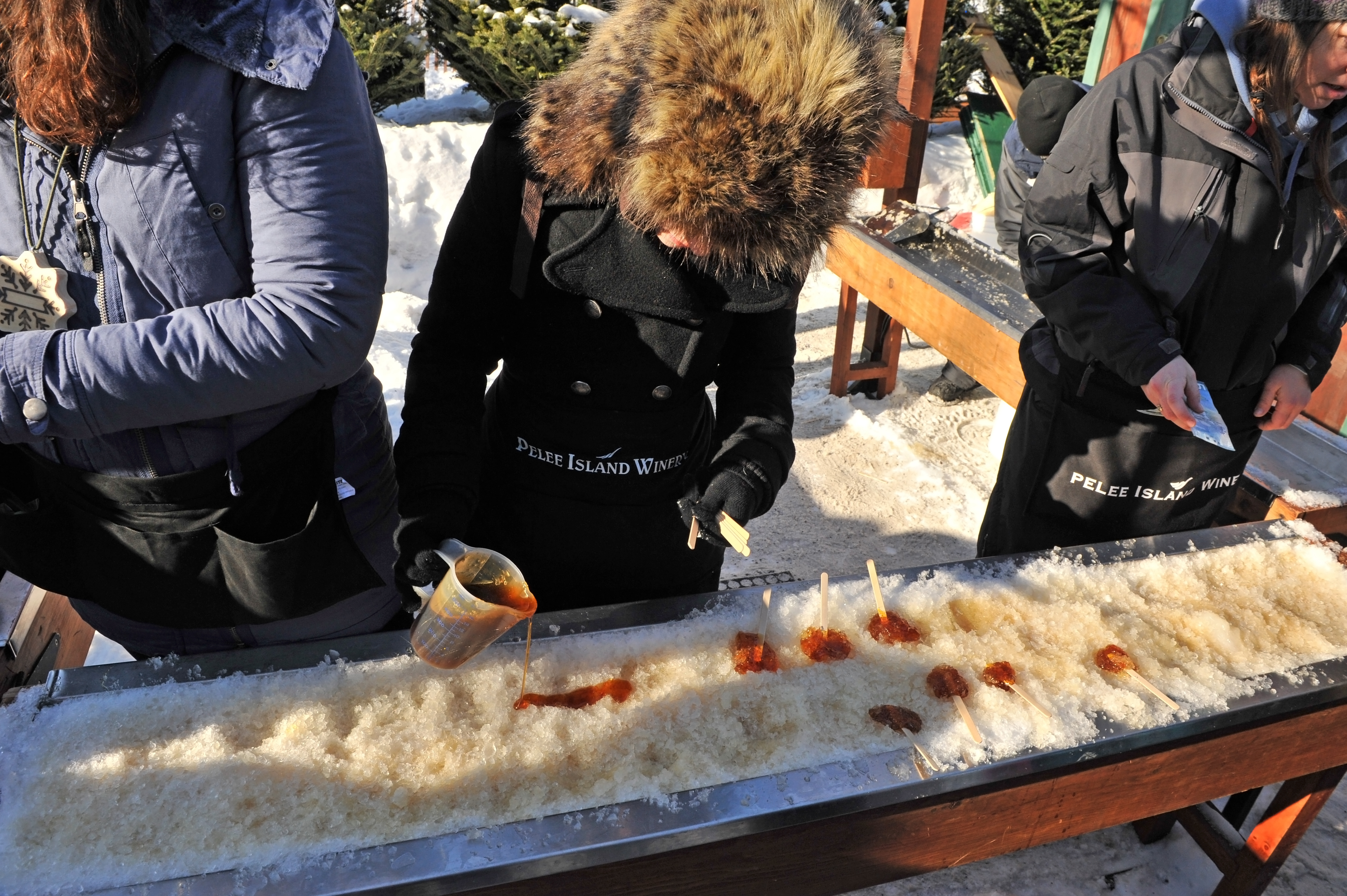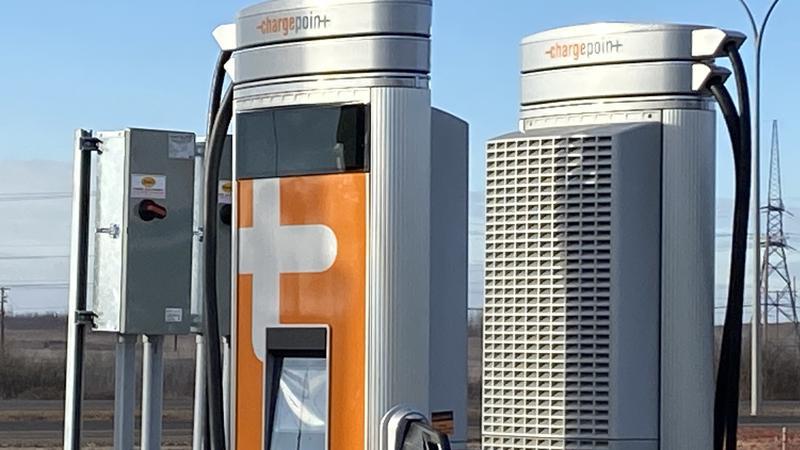
Extreme cold weather offers excellent opportunity for ‘edu-tainment’
Saskatchewan’s not out of a deep freeze just yet, but temperatures are expected to warm up to bearable conditions for the remainder of the February break. Science enthusiasts say it’s the perfect time to explore fascinating cold-weather experiments.
Several kids are currently participating in a STEAM camp at the Prince Albert Science Centre. Chair Sandra Williams said they’re learning about Science, Technology, Engineering, Art and Mathematics over the four day camp, but its also easy for kids at home to try science-based experiments.
“I’m not one to encourage screen time, but there are some great online references that people can use like Magic School Bus, the Science Guy Steve Spengler and you can find some cool experiments just by using Google or YouTube,” said Williams. “Anything that is hands-on creativity is just a beautiful thing to see.”
Speaking of beautiful, one of the cold-weather experiments recommended by Environment and Climate Change Canada involves making a simple concoction that will allow you to watch ice crystals grow in real time by making frozen bubbles.



